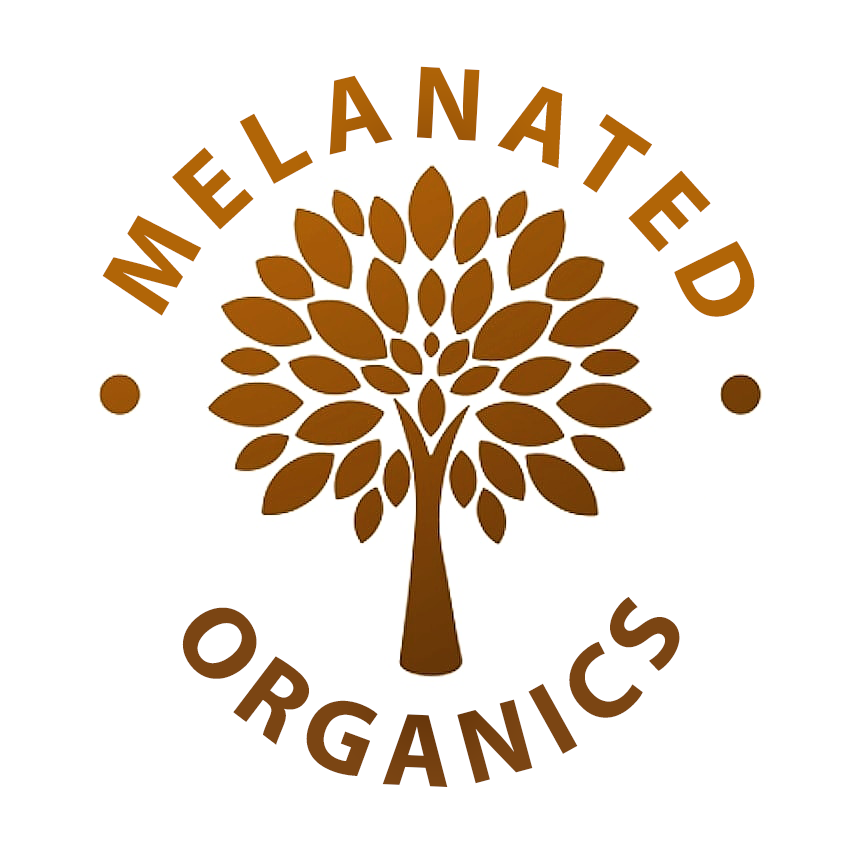Microgreens are a staple in the culinary world. This popular plant decoratively lines your meal (or smoothie) during restaurant outings, serves as a colorful salad topped in vinaigrette, and has been featured on renowned chefs’ dishes for decades. Given its prominence, we wanted to provide a brief background on the delicious garnish. Microgreens are seedlings of edible vegetable greens, herbs, or grains. These novice crops are a product of the cotyledon stage, which occurs at around 10-14 days of the growing process. They aren’t to be confused with sprouts, which are newly-germinated seeds, or baby greens, which are slightly more mature. Once the embryonic leaves are developed and have reached their peak flavor and nutritional levels, they’re ripe for the picking. However, don’t let their tiny size deceive you; they’re packed with nutrients and have the ability to supplement certain dietary needs. Besides its extraordinary health advantages and alluring visual appeal, microgreens also offer an intense and wonderful tasting experience. These nearly-microscopic vegetables are brimming with a unique blend of sweet and savory flavors that’ll transform your dish’s texture and have your tastebuds soaring. Since its introduction, microgreens have expanded in variety, increasing to over 25 types. In this post, we’ll explore five examples of this specialty vegetable and explain their respective health benefits.
Kale – This leafy green vegetable is synonymously referred to as a superfood. It’s a member of the mustard family along with cabbage and brussels sprouts. Similar to its microgreen siblings, kale consists of over 40 key nutrients, including antioxidants, fiber, calcium, iron, and vitamins C and K. Its nutritional value is unmatched, with the plant retaining its vitamin and mineral content even if eaten raw. Kale can effectively eradicate unhealthy toxins from your body. These cancer-forming toxins, also referred to as free radicals, are unstable and can trigger cell damage if there’s a substantial buildup. Other nutritional components of kale can boost digestive health, reduce the risk of developing type 2 diabetes, play a vital role in healthy bone formation, and decrease chances of high blood pressure and cardiovascular disease.
Broccoli – This low-calorie cruciferous vegetable contains various minerals, vitamins, and antioxidants that help prevent many detrimental health conditions. Scientific evidence suggests that broccoli might contribute to “green chemoprevention,” containing compounds that possess antitumor properties. Vitamins K and C are largely found in broccoli, producing calcium and collagen while helping to prevent or treat osteoporosis. Vitamin C is a heroic supplement because it strengthens the immune system, blocks cataracts and anemia from forming, and promotes heart health. Eating broccoli can also help you maintain a youthful appearance by preventing skin damage, smoothing wrinkles, and promoting antiaging.
Beets – Beetroots, commonly known as beets, are a universal part of any diet. Its extensive nutritional portfolio is comprised of plant compounds loaded with health benefits. The vegetable tackles one of the main culprits of heart disease, which is high blood pressure. Beets can reduce high blood pressure exponentially in less than a few hours. If you’re doing high-intensity workouts and feel exhausted, beets can help you regain your momentum. A high concentration of nitrates is responsible for enhancing athletic performance, assisting in the conversion of cell energy and increasing oxygen use by up to 20%. Additionally, if you have trouble remembering things, beets can lend a helping hand. Consumption of the plant can facilitate blood flow to the frontal lobe of your brain, improving cognitive function, critical thinking, decision making, and memory.
Parsley – This native Mediterranean flowering plant functions not only as a culinary spice, but a natural remedy. Most people associate its vibrant green color and mildly bitter taste with homemade recipes, but this multi-variety leaf (its most common types are French-curly leaf and Italian flat-leaf) has so much more to offer! The food staple has multiple purposes, treating conditions ranging from allergies to inflammatory diseases. Its vitamin K nutrients prohibit blood clots and bone health, while its plant compounds counteract oxidative stress, a condition that leads to chronic diseases including cancer. Risks for lung and colon cancer are particular reduced by this life-saving plant. Not only is it a delicious additive to your meal, but it also has antibacterial properties that prevents the growth of Salmonella and Listeria, which causes food poisoning.
Swiss Chard – The dark leafy green vegetable is a nutrient-dense member of the Chenopodioideae family, residing alongside its fellow comrades, beets and spinach. This plant has impressive abilities to flourish in adverse environments, growing in poor soils and barely requiring sunlight and water. The beautiful, colorful stalks and prominent veins aren’t just visually pleasing, but are richly embedded with vitamins, minerals, and plant compounds. This minimal-calorie food is a powerful tool in promoting weight loss while packing in your daily dietary requirements, such as vitamins A,K,C, and E, along with calcium, magnesium, copper, and zinc. Fiber is another huge component of this plant, its essential nature allows optimal bacteria to enter your stomach, stabilizes blood sugar, levels out healthy cholesterol, and eases regular bowel movements.
Micro Greens Coming Soon!
Sources:
Microgreens Background Information https://www.medicalnewstoday.com/articles/316075#benefits https://www.urbancultivator.net/microgreen/ https://medium.com/@PureGreensAZLLC/what-are-microgreens-866190d836dd Kale https://www.medicalnewstoday.com/articles/270435 Broccoli https://www.medicalnewstoday.com/articles/266765 Beets https://www.healthline.com/nutrition/benefits-of-beets#TOC_TITLE_HDR_9 Parsley https://www.healthline.com/nutrition/parsley-benefits Swiss Chard https://www.healthline.com/nutrition/swiss-chard#fiber

